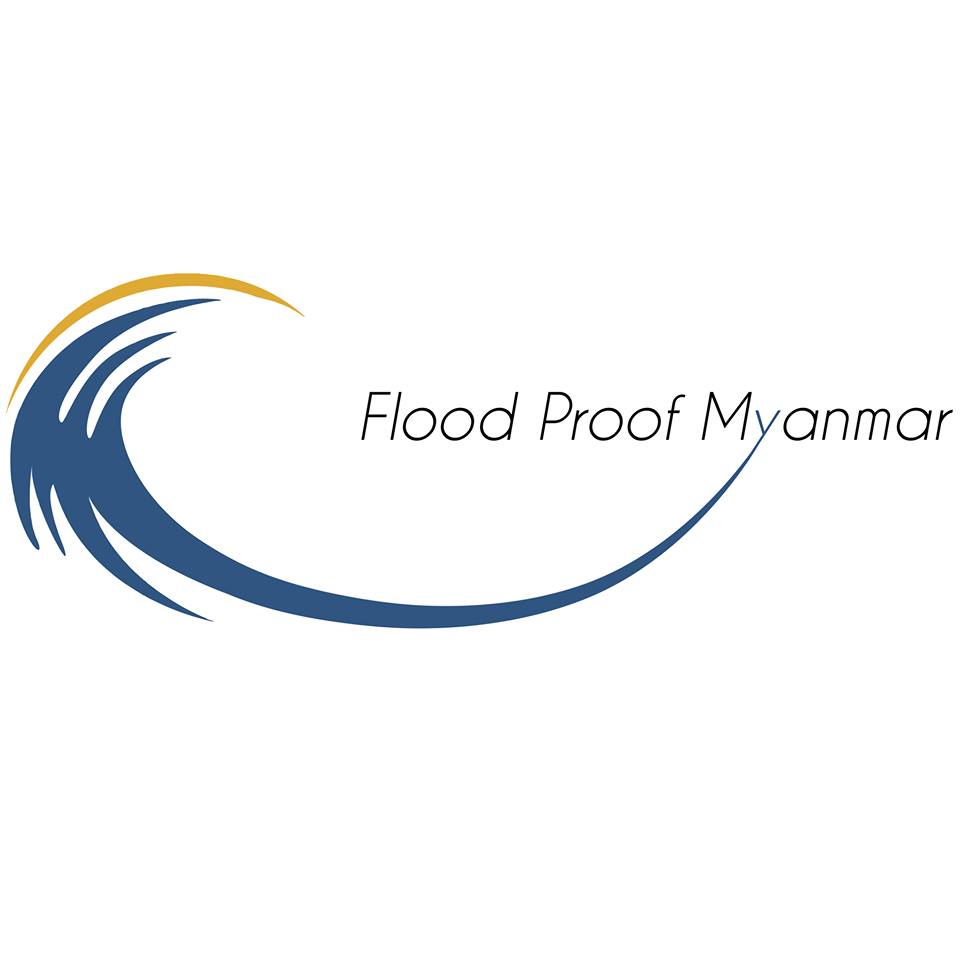Flood proof Myanmar
Myanmar suffers from yearly floods that have a huge impact on the population. Making an area flood proof is therefore one of the objectives of the civilian government. In the report ‘flood proof’ is defined as a status that shows that an area is prepared to control the effects of a flood. To achieve this goal a general framework has been created. This general framework guides the reader through multiple analyses, a development of alternatives, an assessment and an implementation.
It has the objective to be transparent, reproducible, elementary, based on existing methods and based on data. To test this general framework on these criteria two cases with different research areas are chosen namely, case I: Nyaungdon and case II: Dala. The report is therefore developed as an incremental and iterative process.
In the report a range of alternatives has been taken into account, which includes more than only the hydraulic measures. To implement the Dutch method of treating a (potential) flood a multi-layer safety approach has been used. This approach consists of three layers namely, prevention, spatial solutions and crisis management. All the alternatives of this report can be classified into one of these layers.
The analysis phase of the general framework has been focussed on four specific analyses. The four specific analyses are a flood risk analysis, an actor analysis, an evacuation analysis, and a future scenario analysis. These analyses combined with the general analyses lead to the development of alternatives.
The method that has been used to determine the relatively best alternative is the multi-criteria analysis. Most of the time it is preferred to combine several alternatives in packages to generate the best possible solutions. After these solution packages have been created for every research area an implementation has been done including an adaptive strategy.
The data that has been used in this project is gathered by interviewing experts, conducting surveys and reading reports and researches. Due to a lack of data, a lot of assumptions have been made. An overview of the lacking data is given, which is necessary to complete further research.
For both of the cases the framework could be implemented successfully. It can be concluded that the framework works. It gives a solution for a particular area that is threatened by a potential flood. However, it is recommended to perform every analysis in a more detailed way. The framework should be optimized by applying it on more case studies and adjusted if necessary.
